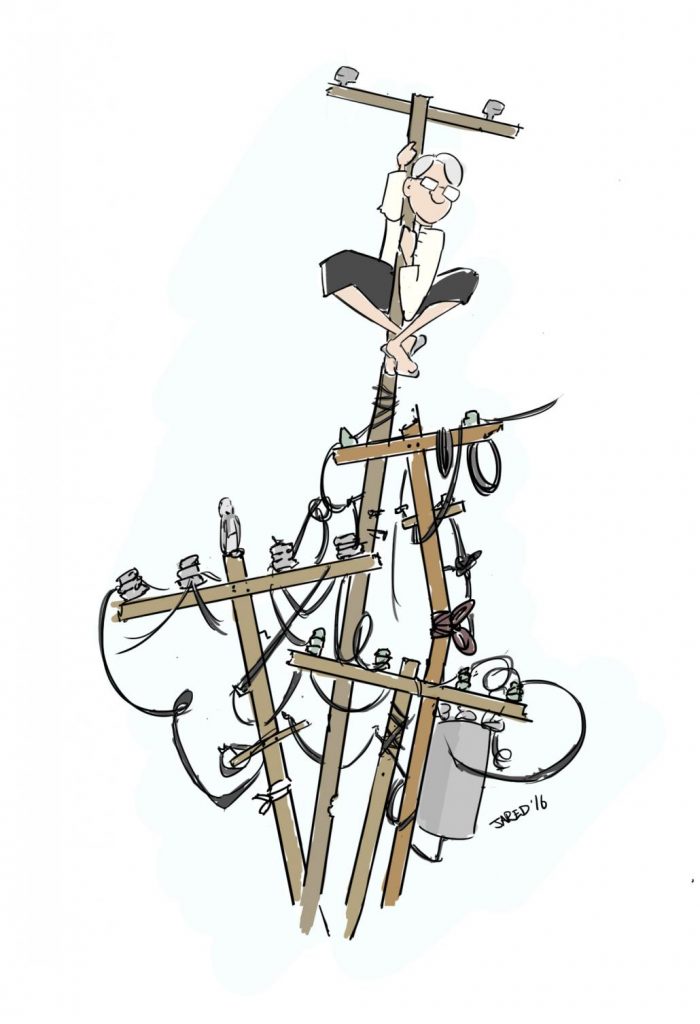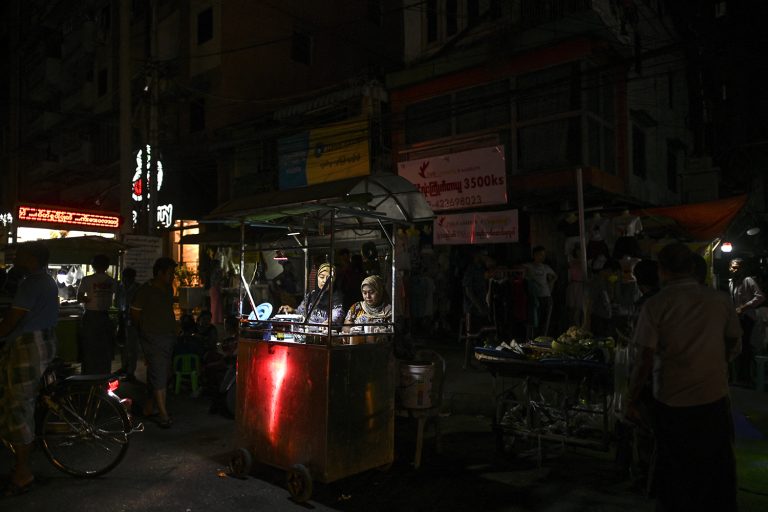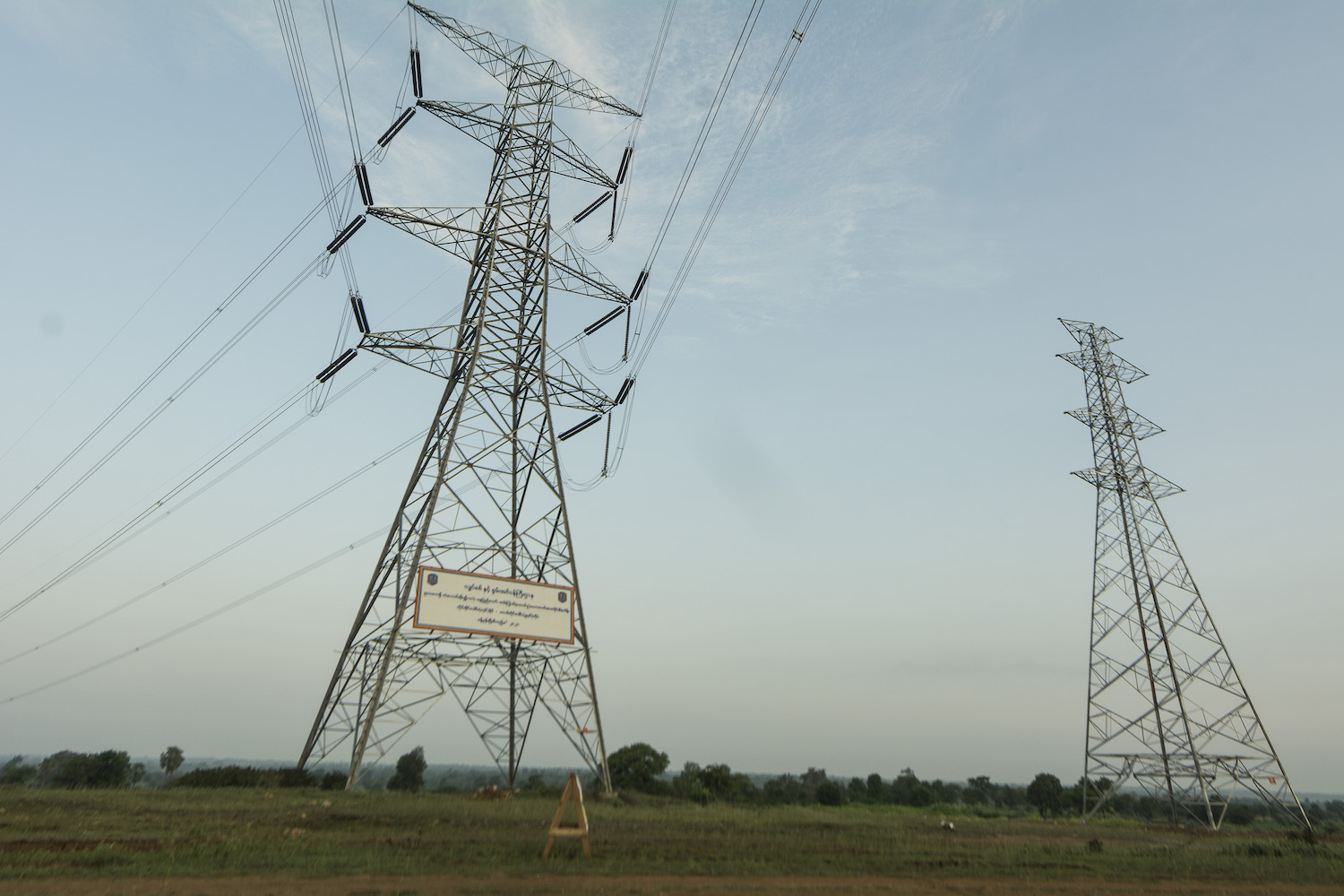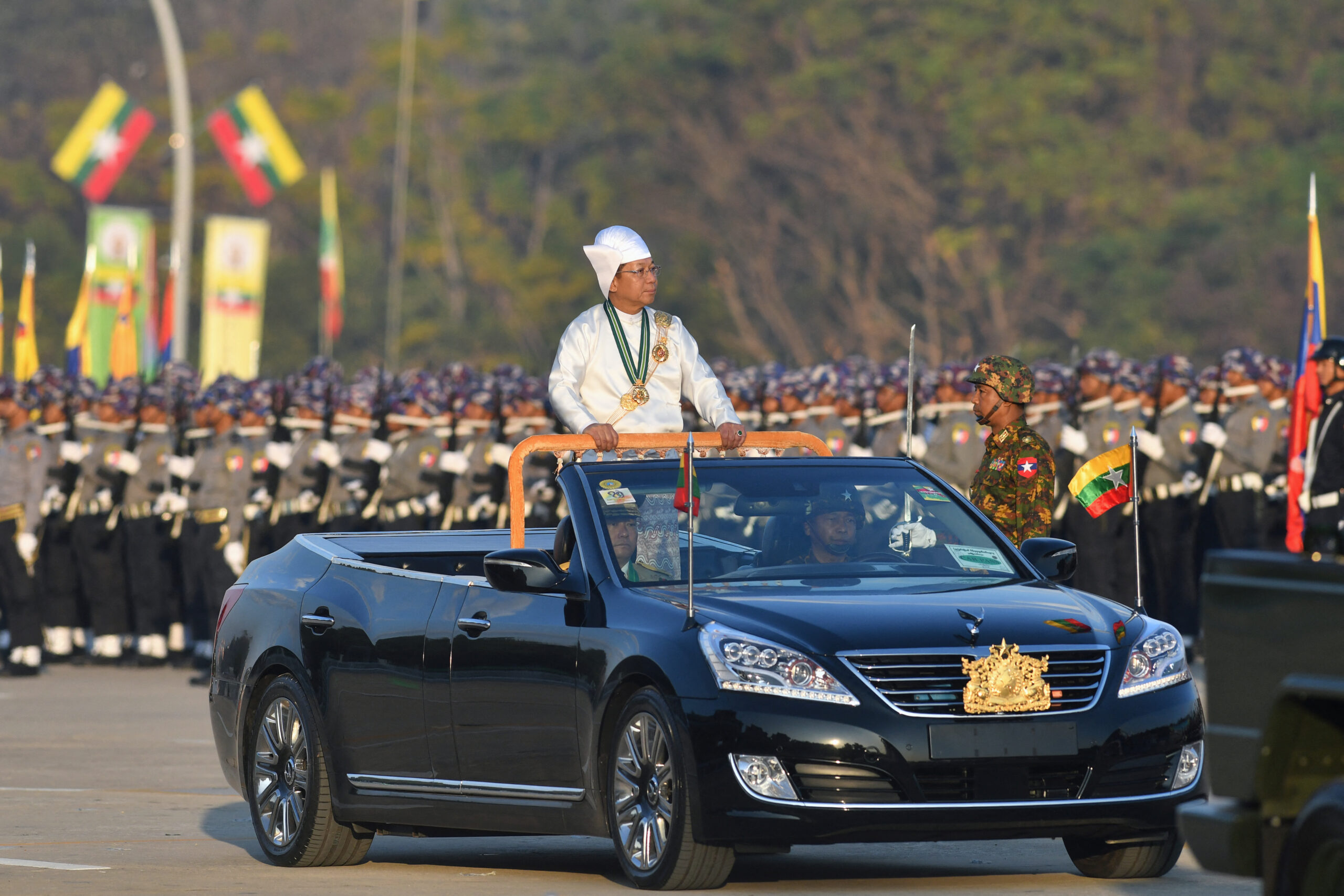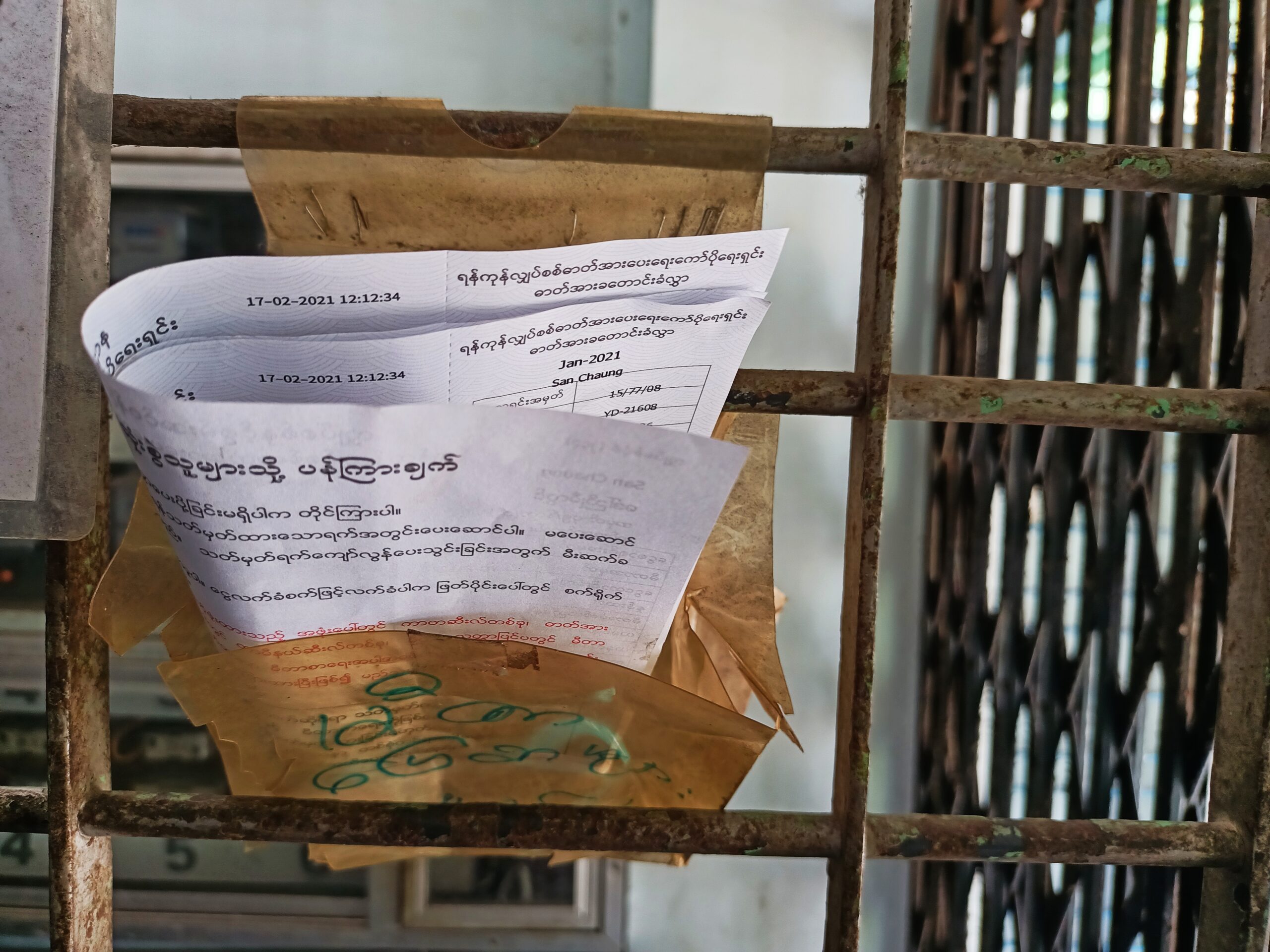If the new government is to succeed in addressing runaway electricity demand, it needs to draw lessons from the failures of the last administration.
In case we had forgotten the challenges Myanmar is facing in meeting electricity demand, the past few weeks have provided a timely reminder. Weeks of regular blackouts at the height of summer have made life uncomfortable for millions.
The new government has not helped the situation. Its communication on power supply has been non-existent; reading the state newspapers you could be forgiven for thinking nothing was amiss.
Instead, electricity users have been told repeatedly through Facebook that the outages are due to system failures. It may be the weather, creaking infrastructure or simply an inability to meet demand, but we’ve been left in the dark. A government that came to office promising accountability and transparency has failed to uphold these same standards.
But, as we explore elsewhere in this issue, those with a power supply – working or not – should count themselves lucky.
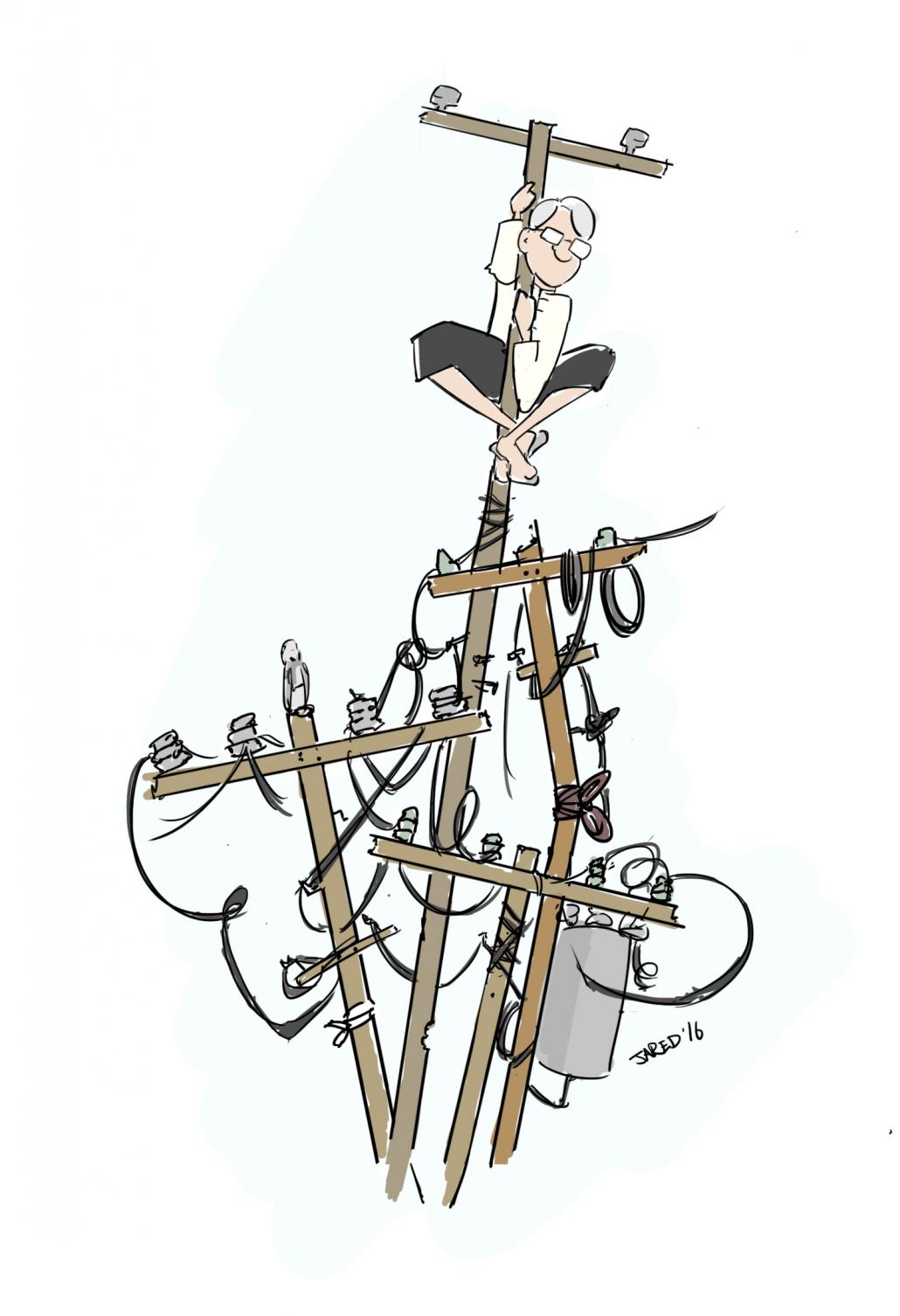
Jared Downing / Frontier
More than two-thirds of the population is still off the national grid. In some areas power can be bought from local sources, such as privately-run diesel generators. But prices are prohibitively high – up to 10 times the national tariff. Put simply, rural communities have been left behind, and it is up to the current and future governments to redress this inequality.
Support more independent journalism like this. Sign up to be a Frontier member.
The National League for Democracy faces formidable challenges in lighting up Myanmar homes. Fundamental questions need to be answered, and fast: Where will the estimated US$30 billion needed to expand the grid, renovate old infrastructure and build new power generation capacity come from? Should coal provide much of the base-load, or will hydro and renewables be a better long-term bet? How can sceptical communities be convinced to support controversial but much-needed power projects? And how much can consumers reasonably be expected to pay?
These questions cannot wait for the new government to find its feet. Growing urbanisation and industrial expansion ensure demand will keep rising steadily, even if no new users are added to the grid.
Unfortunately, though, the NLD is not even starting from minus rather than zero; Myanmar is already falling behind on its goal to bring power to every home by 2030, due to slow progress increasing installed capacity.
It can draw some lessons from the failures of U Thein Sein’s administration, though. As Yangon Region Chief Minister U Phyo Min Thein recently noted, poor construction quality and lack of maintenance has left many power plants operating at below their optimal capacity. Raising and enforcing standards is an obvious place to start.
Even more important is genuine consultation and dialogue with communities affected by proposed power projects. The massive Myitsone project – likely to be cancelled by the new government – provides a perfect example of how not to go about winning local support.
While that project was a legacy of the military regime, Thein Sein’s government fared little better.
Shying away from hydro, it initiated 11 coal power plants, across six states and regions, but it made little effort to sell the benefits of these to the areas’ residents. Instead, it was left to the companies involved to prove they had community support – a near impossible task. Petitions and protests ensued; nearly all of these projects are now on hold. Given the tensions that have been aroused, it is hard to see how the projects can be revived.
Long-planned hydropower projects will be equally contentious, particularly as many are located within or close to areas controlled by ethnic armed groups.
In addition to the path already mapped out by previous governments and their partners, the NLD should also consider alternative solutions. This could mean powering villages using sources set up for the new telecom towers, or buying electricity from neighbouring Thailand or China. Everything should be on the table.
There will be no silver bullet, however. In her handling of the Letpadaung copper mine, Daw Aung San Suu Kyi has shown she is not afraid of making unpopular decisions. She can also depend on much greater goodwill and tolerance than Thein Sein’s government.
But this won’t last forever, and events of recent weeks have shown that the government must raise its game on communication. If the government fails to properly explain and sell its power plan to all, it risks repeating the costly mistakes of the past.
This editorial was originally published in Frontier #46, released on May 12.


